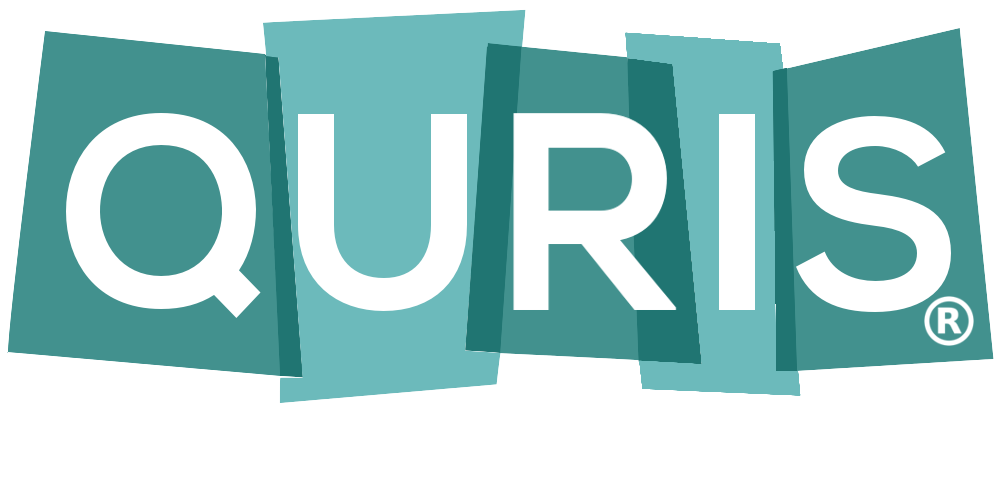Cyanokit® Administration for Suspected Cyanide Poisoning (include serious smoke inhalation) |
|||
| Broselow (Weight) | Age | Cyanokit® Dose1 (∼70 mg/kg +/-) IV/IO | Cyanokit® Volume to Administer2 IV/IO |
| 3-5 kg (6-11 lbs) | 0-2 months | 250 mg | 10 ml3 |
| 6-7 kg (13-16 lbs) | 3-6 months | 500 mg | 20 ml3 |
| 8-9 kg (17-20 lbs) | 7-10 months | 625 mg | 25 ml3 |
| 10-11 (21-25 lbs) | 11-18 months | 750 mg | 30 ml3 |
| 12-14 kg (26-31 lbs) | 19-35 months | 900 mg | 36 ml3 |
| 15-18 kg (32-40 lbs) | 3-4 years | 1100 mg | 44 ml3 |
| 19-23 kg (41-51 lbs) | 5-6 years | 1400 mg | 56 ml3 |
| 24-29 kg (52-64 lbs) | 7-9 years | 1750 mg | 70 ml3 |
| 30-36 kg (65-79 lbs) | 10-14 years | 2500 mg | 100 ml4 (1/2 bottle) |
| Adult | > 14 years | 5000 mg | 200 ml4 (full bottle) |
| 1 The safety and efficacy in pediatrics has not been established, 2 Administer slowly over 15 minutes. | |||
| 3Push slowly over 15 minutes, 4Infuse over 15 minutes | |||
Cyanide - Trauma/Burn Hydroxocobalamin (CyanoKit)
exp date isn't null, but text field is
Objectives
Cyanide is commonly found in many synthetic compounds, such as polyurethane. Patients admitted with burns and/or inhalation injury following enclosed house fires are at particular risk for cyanide inhalation and toxicity. Cyanide exerts its toxic effects by cytochrome oxidase in cellular mitochondria, inhibiting ATP production and aerobic metabolism. Cyanide toxicity has potentially life-threatening neurologic and cardiovascular effects1,2.
Metabolism: Cyanide is rapidly metabolized by rhodanese to thiocyanate. However, this reaction is dependent on adequate supply of thiosulfate. Alternatively, cyanide can be combined with hydroxocabalamin to form cyanocobalamin. The serum half-life of cyanide is approximately one hour2.
Treatment of Cyanide Toxicity: Hydroxocobalamin (CyanoKit®) was approved by the FDA to treat cyanide exposure in 2006. It is currently the recommended therapy for smoke inhalation3.
Diagnosis: Serum cyanide levels take 5-9 days for the XXX laboratory to analyze and are not beneficial in the clinical decision to treat cyanide toxicity. Decision to administer hydroxocobalamin must be made based on patient exposure and clinical signs/symptoms.
Criteria for hydroxocobalamin administration:
If patients have received a dose at the outside hospital or via EMS, no need to repeat administration
Administer to patients with enclosed space fire exposure within the past 6 hours and any of the following:
- Hypotension SBP <90
- Almond odor
- GCS</= 9
*Consider administration of hydroxocobalamin in patients with a lactate level greater than 4 mmol/L without other readily identifiable causes
Adult Dosing: Administer hydroxocobalamin 5 grams IV once. For cardiac arrest or other cardiovascular symptoms unresponsive to a 5 gram dose, may consider administration of 10 grams in total3. Please draw a serum cyanide level when hydroxocobalamin is administered
Administration: Reconstitute hydroxocobalamin with 200 mL of 0.9% sodium chloride and administer over 15 minutes. Administer via dedicated line, if possible4.
Pediatric Dosing: 70mg/kg/dose infuse over 15 minutes.
Side effects: May interfere with some lab studies (glucose, iron, and creatinine), hypertension, rash, nausea, injection site reactions, and headache. Will cause chromaturia (red urine) as well as red flush to skin and mucous membranes4.

